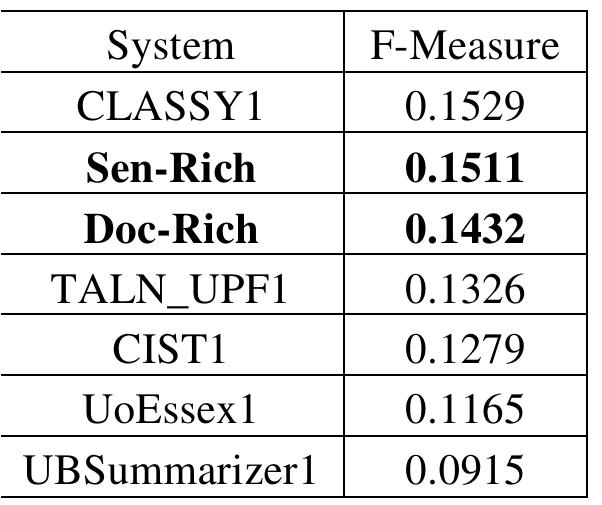Key research themes
1. How can novel unsupervised tree and graph-based structures enhance domain-independent keyphrase extraction?
This theme focuses on techniques that aim to improve keyphrase extraction without reliance on supervised training data or domain knowledge. Such methods leverage tree or graph structures to capture term cohesiveness, semantic relations, and document topology, addressing limitations in widely used unsupervised methods like TextRank. These approaches matter because they enable scalable, domain-agnostic extraction applicable to resource-scarce scenarios and diverse languages.
2. What role can hybrid or collaborative approaches combining supervised and unsupervised methods play in improving keyphrase extraction?
This theme investigates approaches that reconcile the strengths of supervised learning, which leverage labeled data and global corpus knowledge, and unsupervised methods, which are adaptable to domain shifts and require no training data. Hybrid models aim to integrate local document structure and global statistics for more accurate and robust keyphrase extraction, especially in short or noisy documents where each approach alone may underperform.
3. How do feature engineering and linguistic insights, including document structure and positional features, contribute to improving supervised keyphrase extraction performance?
This theme covers methods that enhance candidate representation through linguistic and structural features such as phrase morphology, position in document sections, and word-level statistics. Understanding feature importance and utilizing richer linguistic cues improves supervised classification or ranking models, offering better generalization and interpretability in keyphrase extraction tasks.


